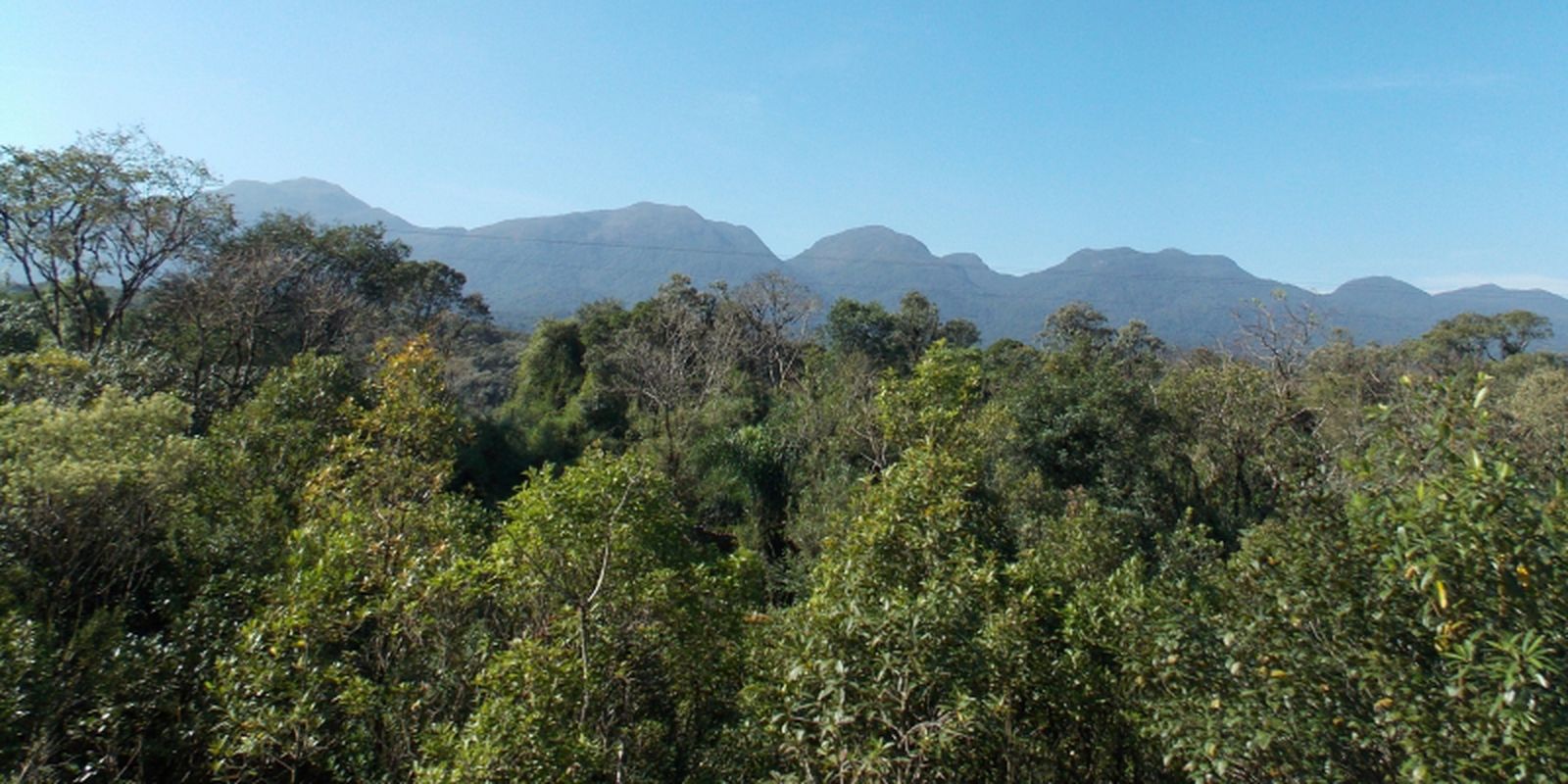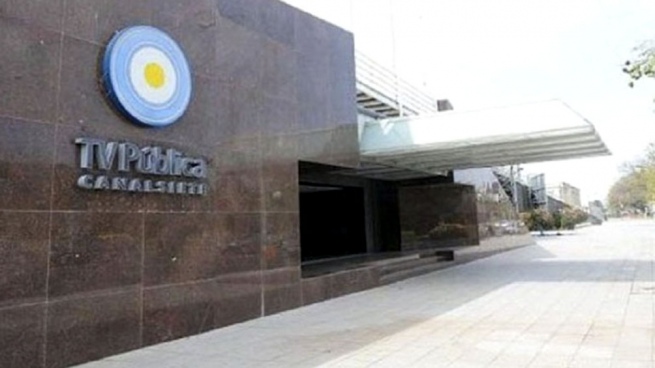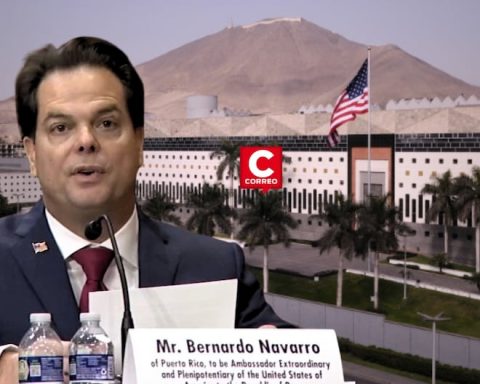The Rio de Janeiro Botanical Garden (JBRJ) began, this Sunday (29), the celebrations of the Atlantic Forest Week, in allusion to the Atlantic Forest Day, celebrated on the 27th, inviting residents and tourists to know and conserve this natural heritage. from Brazil. The activities run until June 4th, uniting fun, knowledge and awareness, and are entirely free. There is only a charge for admission to the Botanical Garden. 
In the Atlantic Forest biome is the largest known biodiversity in the country. Despite the fundamental ecosystem services that the Atlantic Forest provides, such as water, food, energy and climate regulation, the non-governmental organization (NGO) SOS Mata Atlântica says that only 12.4% of the original vegetation remains. Hence the importance of making an increasing number of people know and preserve this natural heritage of Brazil.
The program started with a visit to the Atlantic Forest Trail, guided by the Visitors Center team. Along the way, visitors have the opportunity to see and get to know 27 species of plants from the biome present in the JBRJ Arboretum, such as pau-brasil, pau-ferro, sapucaia, jequitibá-rosa and palmiteiro, among others. The trail will also be offered on Tuesday (31), Thursday (2/6) and Saturday (4/6), always at 10 am.
surprises
From Monday (30) to Friday (3/6), some units from the exhibition catalog Atlantic Forest – Science and Art, will be made available throughout the day at points along the Atlantic Forest Trail, so that visitors can find them and take them with them. The catalog brings together reproductions of around 200 works of scientific illustration that made up the exhibition held at the Museum of the Environment in 2016.
The program includes specific activities during the week for two endangered species that are a symbol of the Atlantic Forest, which are the pau-brasil (paubrasilia echinata) and the juçara palm heart (Euterpe edulis). The pau-brasil tree, the tree that gave the country its name, will have a mini-exhibition in the lobby of the JBRJ herbarium, with various materials, posters and a screening of the film A Árvore da Música.
The tree will also be the subject of guided tours through the Arboretum, with a chat with researchers Claudia Barros, Patricia da Rosa, Sérgio Cardoso and Viviane Fonseca-Kruel about the history of use and trade of the species, botanical aspects and planned conservation actions. for tomorrow (30), at 10 am and 3 pm.
juçara palm
The juçara palm heart will be the subject of conversations about its ecological, genetic and ethnobotanical importance, in addition to its current and future conservation, with researchers Antônio Carlos Andrade, Sérgio Cardoso and Viviane Fonseca-Kruel, on the 31st and 2/6th, between 9:30 am and 11:30 am. The activity will also include planting and measuring seedlings of this species of palm heart.
In turn, the Environmental Responsibility Center will offer, on June 2nd and 3rd, the Fantastic Palm Hearts and Where to Find Them activity. Participants will learn about the similarities and differences between the juçara palm heart and the peach palm (Bactris) in the lab and kitchen, learning planting, cooking and conservation tips. The peach palm is an alternative for the production and consumption of palm hearts, so that the juçara palm hearts are preserved in nature.
In the lobby of the herbarium, researcher Maria de Fátima Freitas will also introduce visitors to the Curious Fruits of the Atlantic Forest stand, this Monday (30), at 10 am and 3 pm, and on Saturday, 6/4, at 10 am. Fruits and seeds are essential elements in the maintenance of the forest, highlighted the direction of the JBRJ. “In addition to the ones we know and use in our food, there are a variety of shapes and colors to discover!” she said.
Children
On Tuesday (31), visitors will be able to participate in a conversation circle and guided tour of the JBRJ’s Collection of Medicinal Plants, from 11:30 am to 1:30 pm. Traditional and scientific knowledge about medicinal species from the Atlantic Forest cultivated in the collection, such as espinheira-santa (Monteverdia ilicifolia), the aroeira (Schinus terebinthifolia) and whaling herb (Curasavian Varronia), among others.
For all ages, the Fauna team at Jardim Botânico has prepared the Fauna Circuit, which takes place tomorrow (30), from 1:30 pm to 2:30 pm. The circuit is divided into three stations on the Atlantic Forest trail. An activity related to the research work will be carried out at each station. In the first, entitled “Whose footprint is this?”, the public will get to know and participate in the search for traces left by animals, such as footprints, in addition to playing with stamps. In the second activity, called “Do you know my voice?”, birds will be identified by sound. The third station is a Quiz (game) about the fauna of the Atlantic Forest.
Also for the children, the JBRJ Environmental Education team promotes on Friday (3), at 10 am, and on Saturday (4), at 11 am, a treasure hunt, on the Atlantic Forest Path.
Tickets for the Botanical Garden of Rio de Janeiro are on sale through the website jbrj.eleventickets.com (card and pix) and at the box office (cash only). The values vary from R$ 17, for visitors residing in the metropolitan area of Rio de Janeiro; R$ 27, for residents in Brazil; R$ 50, for foreign visitors from Mercosur; and R$ 67, for other foreign visitors. The JBRJ is located at Rua Jardim Botânico, 1008, in the neighborhood of the same name, in the south of Rio de Janeiro.
Applications can be made by phone (21) 3874-1808 or by e-mail [email protected]. For events promoted by the Environmental Responsibility Center, scheduling is done by telephone: (21) 3204-2886.


















